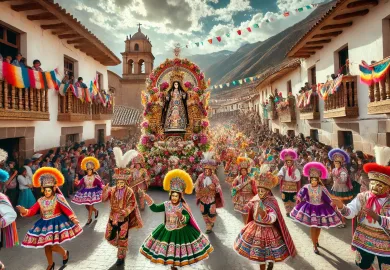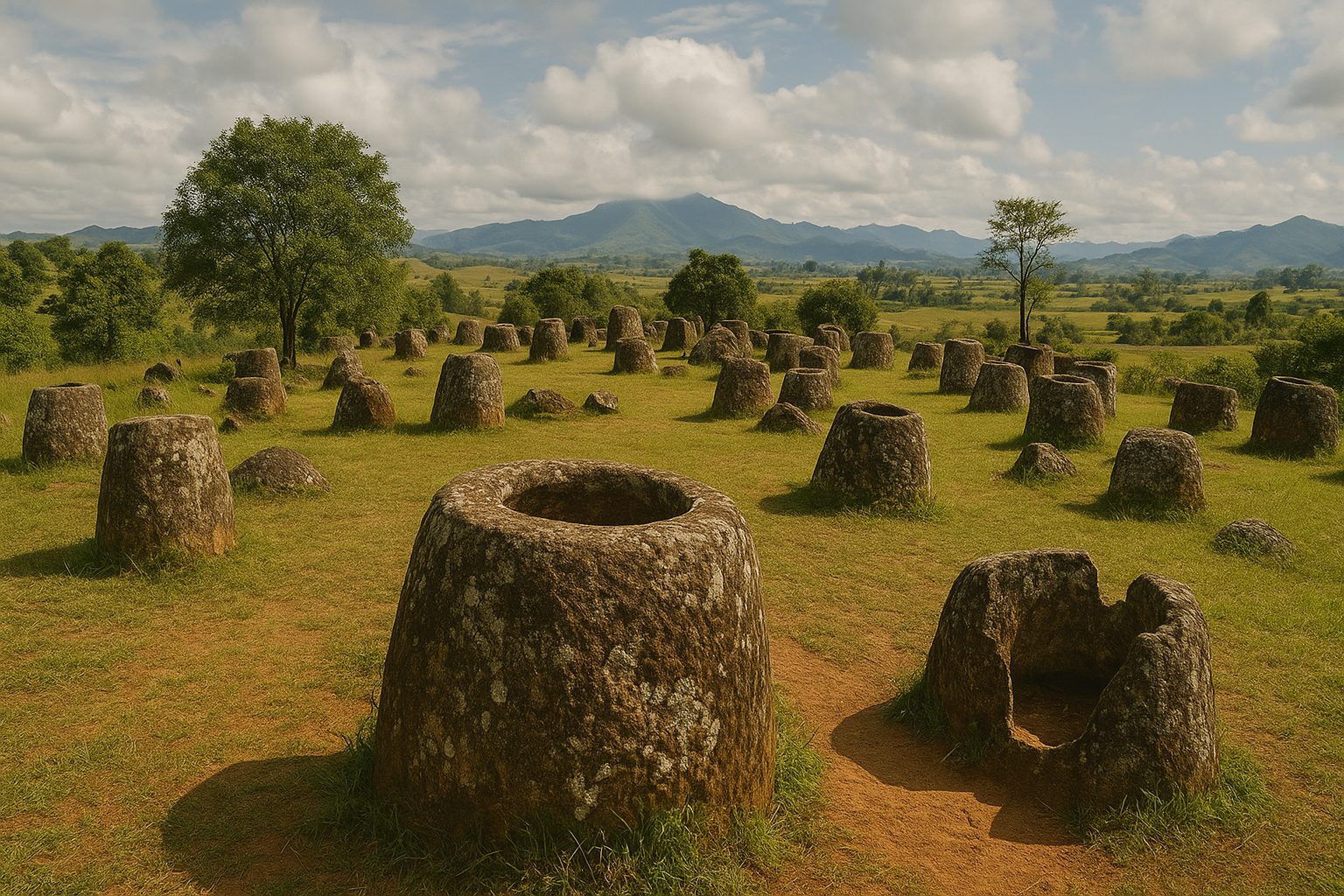
Far off the beaten tourist paths, there exist breathtaking yet lesser-known ancient ruins and archaeological sites that offer a fascinating glimpse into human history. These hidden destinations promise travelers a rare glimpse into the mysteries of the past. Explore from jungle cities lost to the centuries to enigmatic temples, and discover four incredible, lesser-known archaeological treasures that remain shrouded in wonder and secrecy.
Tucked away in southeastern Turkey, Göbekli Tepe is considered the oldest known temple complex on earth, dating back approximately 12,000 years. This monumental discovery significantly predates Stonehenge and reveals astonishing clues about early human civilization, created long before agriculture and permanent settlements existed.
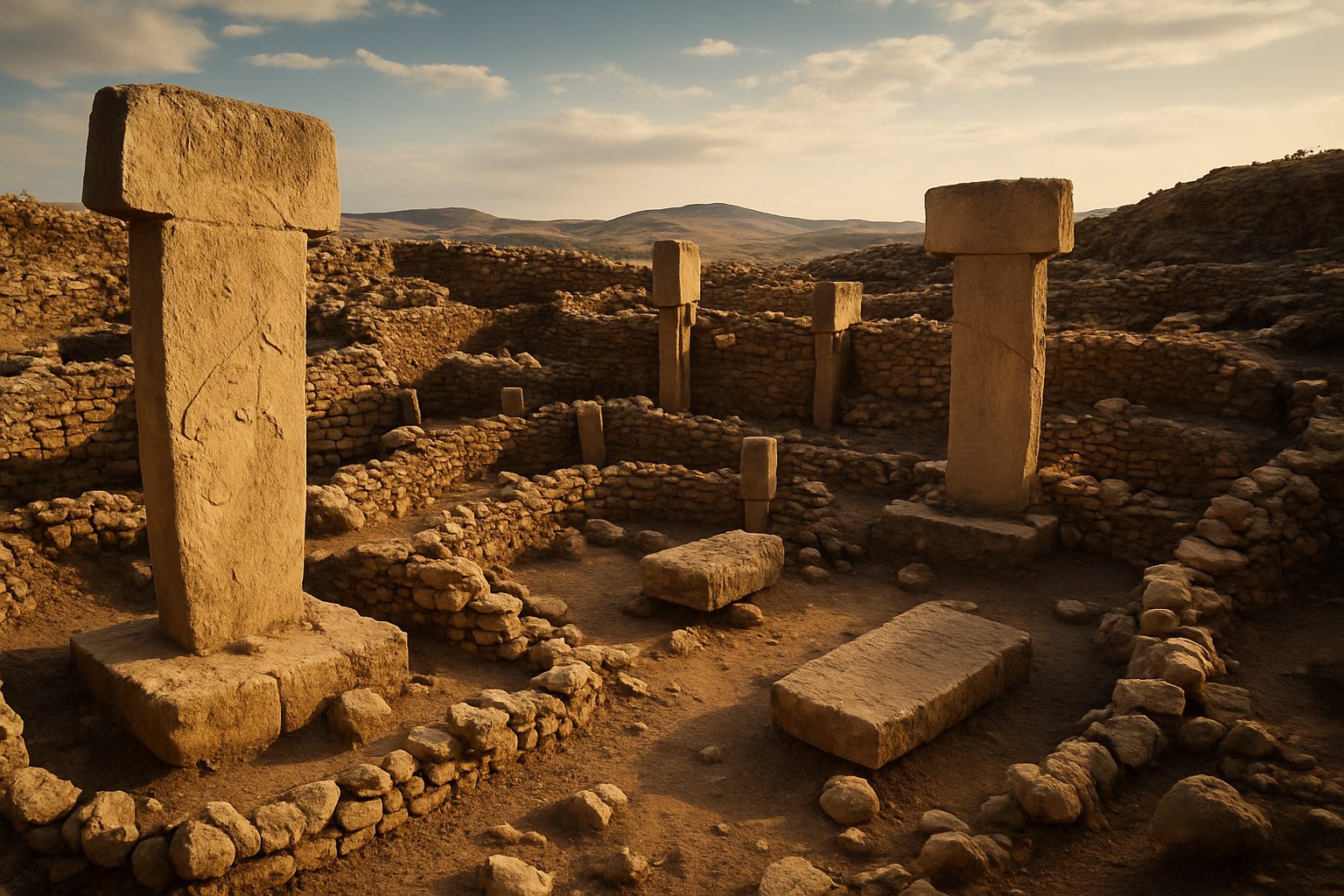
The fascinating carvings on massive stone pillars depict intricate animals and symbolic imagery, hinting at rituals and religious practices still not fully understood today. Archaeologists speculate these structures were central gathering points for ceremonies that brought together diverse hunter-gatherer communities.
Visiting Göbekli Tepe today offers travelers a tranquil and reflective experience. Far from the crowded tourist hubs, this ancient archaeological site provides a profound connection with the dawn of human cultural history, easily accessible from the nearby historic city of Şanlıurfa.
The remote island of Pohnpei in the Federated States of Micronesia hosts the enigmatic ruins of Nan Madol, often referred to as the “Venice of the Pacific.” Built from the 12th to the 17th century, this remarkable city consists of more than 90 artificial islands connected by intricate canal systems, constructed from enormous basalt stones whose origins remain a puzzle.
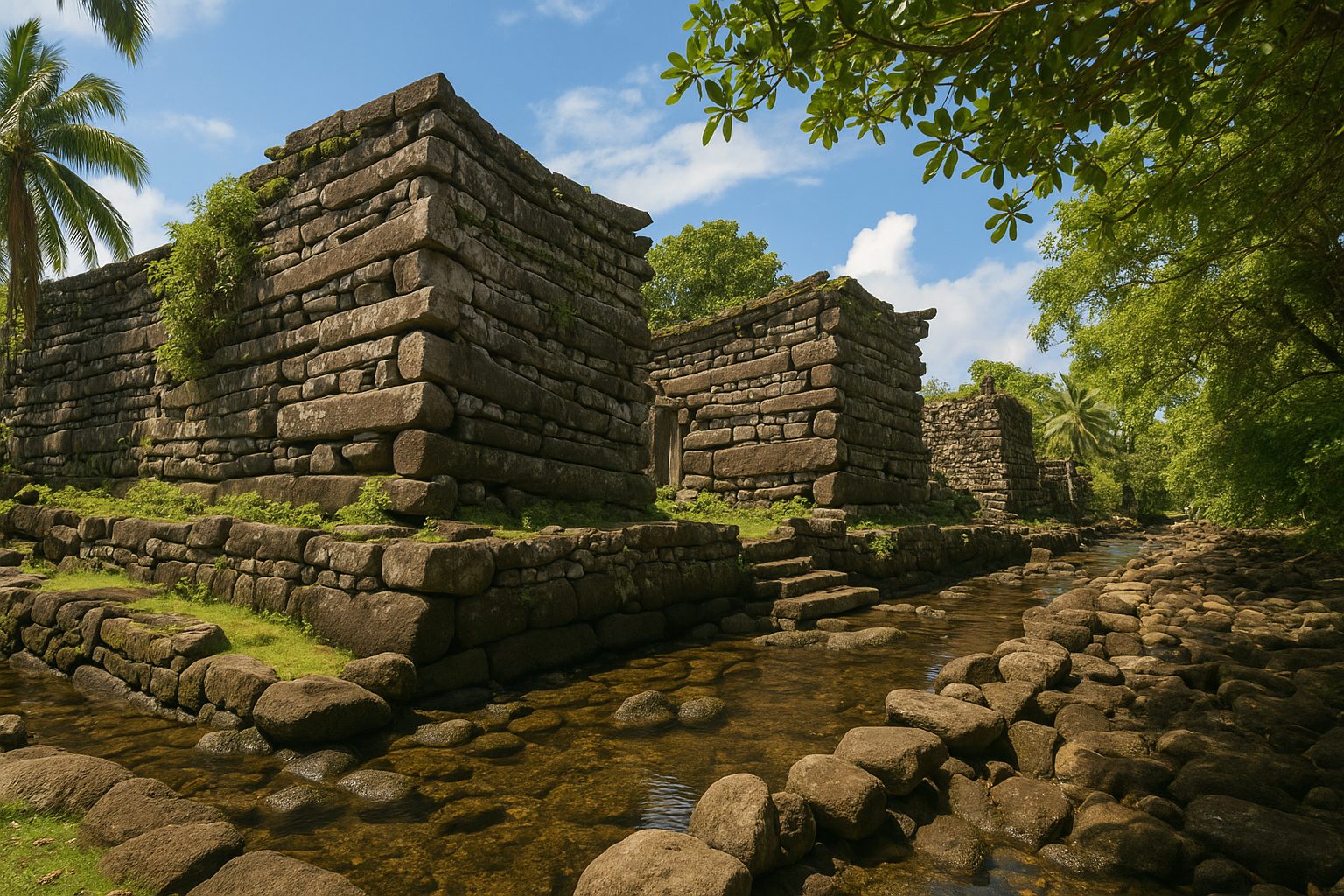
Nan Madol served as the seat of power and religious significance for the Saudeleur dynasty, showcasing sophisticated engineering techniques. Each massive basalt block, some weighing multiple tons, hints at an impressive, yet mysterious, ancient technology.
Explorers to Nan Madol can journey by kayak or boat tours, winding gently through the silent canals framed by lush jungle foliage. Despite its profound archaeological value, Nan Madol remains undiscovered by mainstream tourism, allowing visitors an intimate, reflective experience amidst ancient wonders.
Nestled within Colombia’s Sierra Nevada mountains lies the captivating site of Ciudad Perdida, aptly named the “Lost City.” Constructed around 800 AD by the advanced Tairona civilization, this incredible archaeological gem was rediscovered in the 1970s, hidden beneath dense jungle canopy.
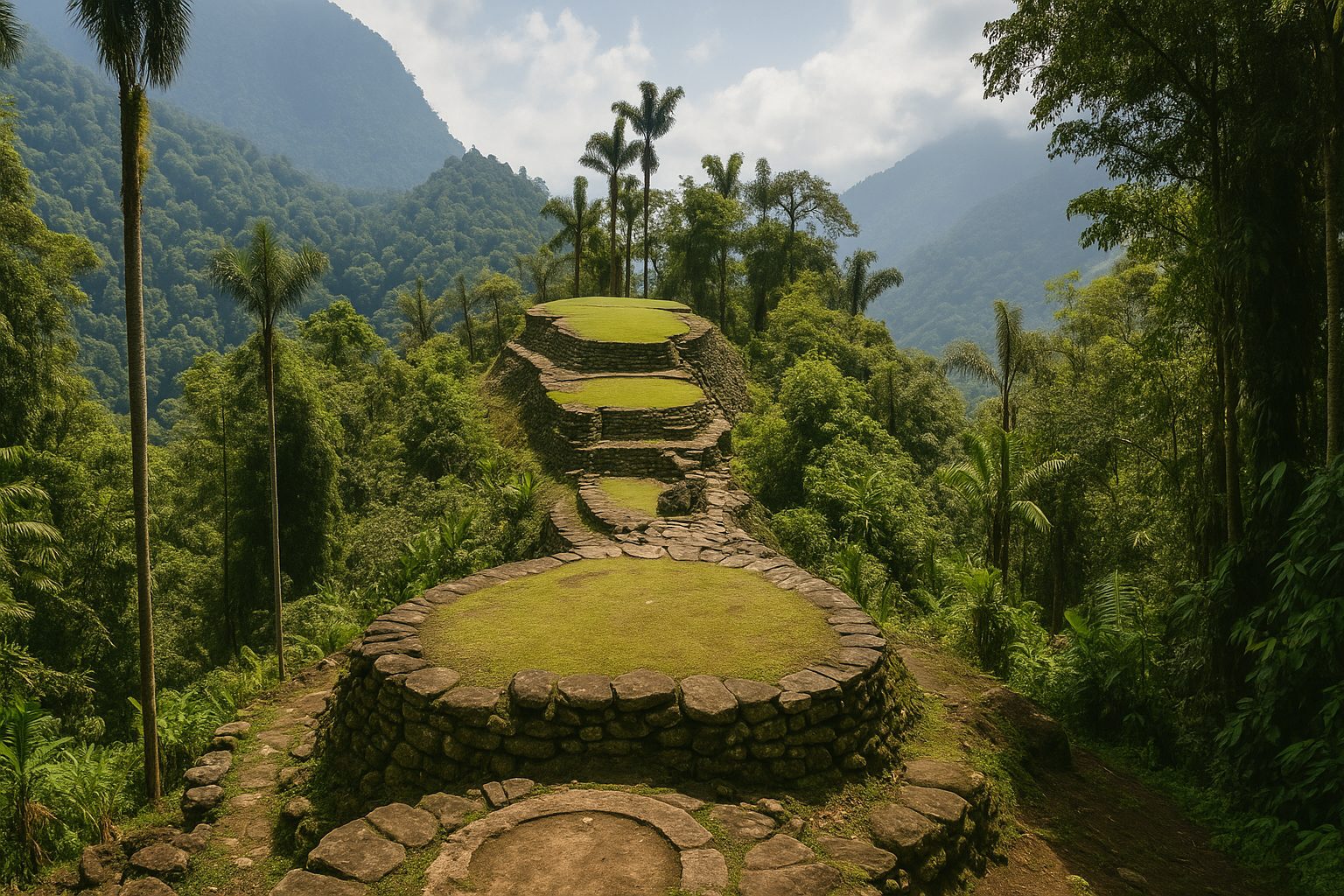
Access to Ciudad Perdida is an adventurous journey, involving a strenuous multi-day hike through lush rainforests and mountainous terrain. Along the route, travelers witness stunning biodiversity, waterfalls, and unique indigenous communities preserving traditional ways of life.
Upon arrival at the terraced ruins, visitors encounter striking stone structures and pathways that testify to the ingenuity and sophistication of the Tairona civilization. Guided expeditions emphasize responsible tourism practices, enhancing the profound historical significance of this hidden archaeological treasure.
Scattered across the tranquil plains of Xieng Khouang in Laos, the enigmatic Plain of Jars presents hundreds of large stone vessels, each weighing several tons and carved from solid rock. Their origins date back over 2,000 years, yet the purpose behind these ancient artifacts continues to puzzle archaeologists and historians alike.

Theories suggest the jars were used for burial rituals or storage, but definitive explanations remain elusive. The scale and precision of these carvings indicate an advanced understanding of craftsmanship and logistics, provoking endless fascination and speculation.
Travelers visiting the Plain of Jars can explore multiple sites, all set against picturesque rural landscapes and quiet villages. This peaceful archaeological setting invites contemplation and exploration away from mass tourism, allowing visitors to personally engage with one of Southeast Asia’s most intriguing mysteries.





